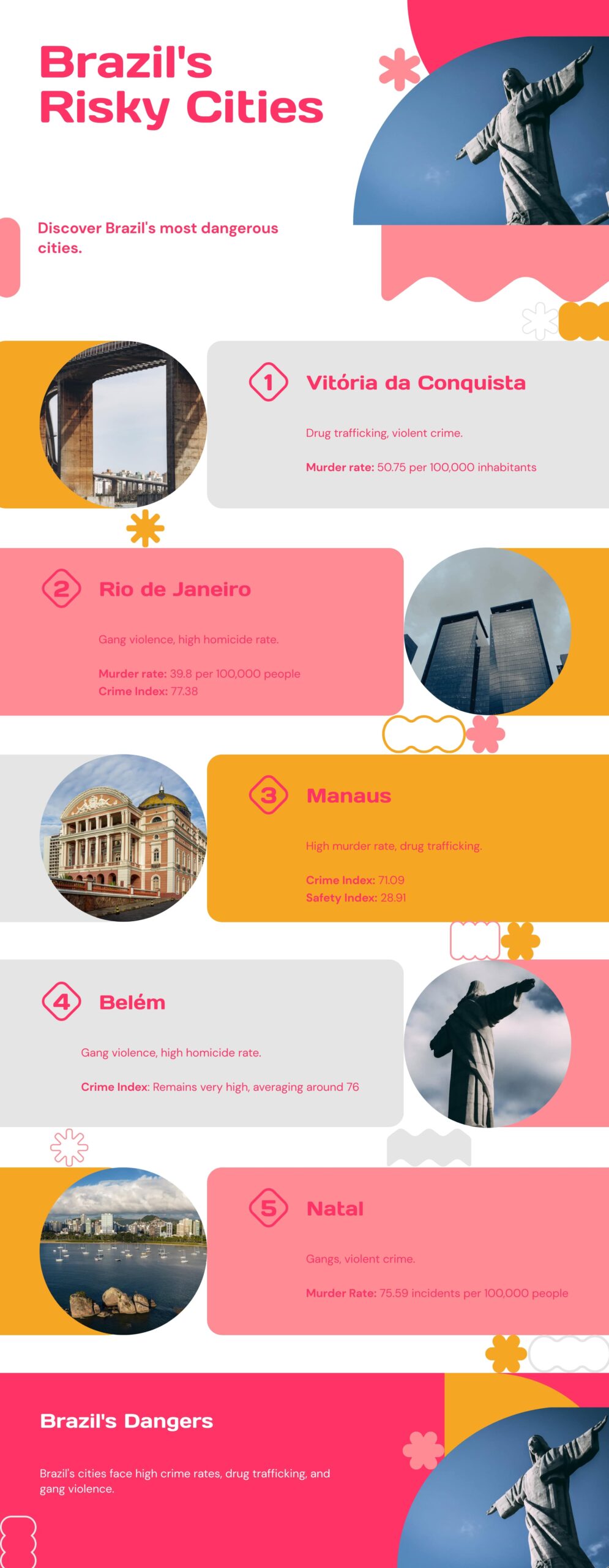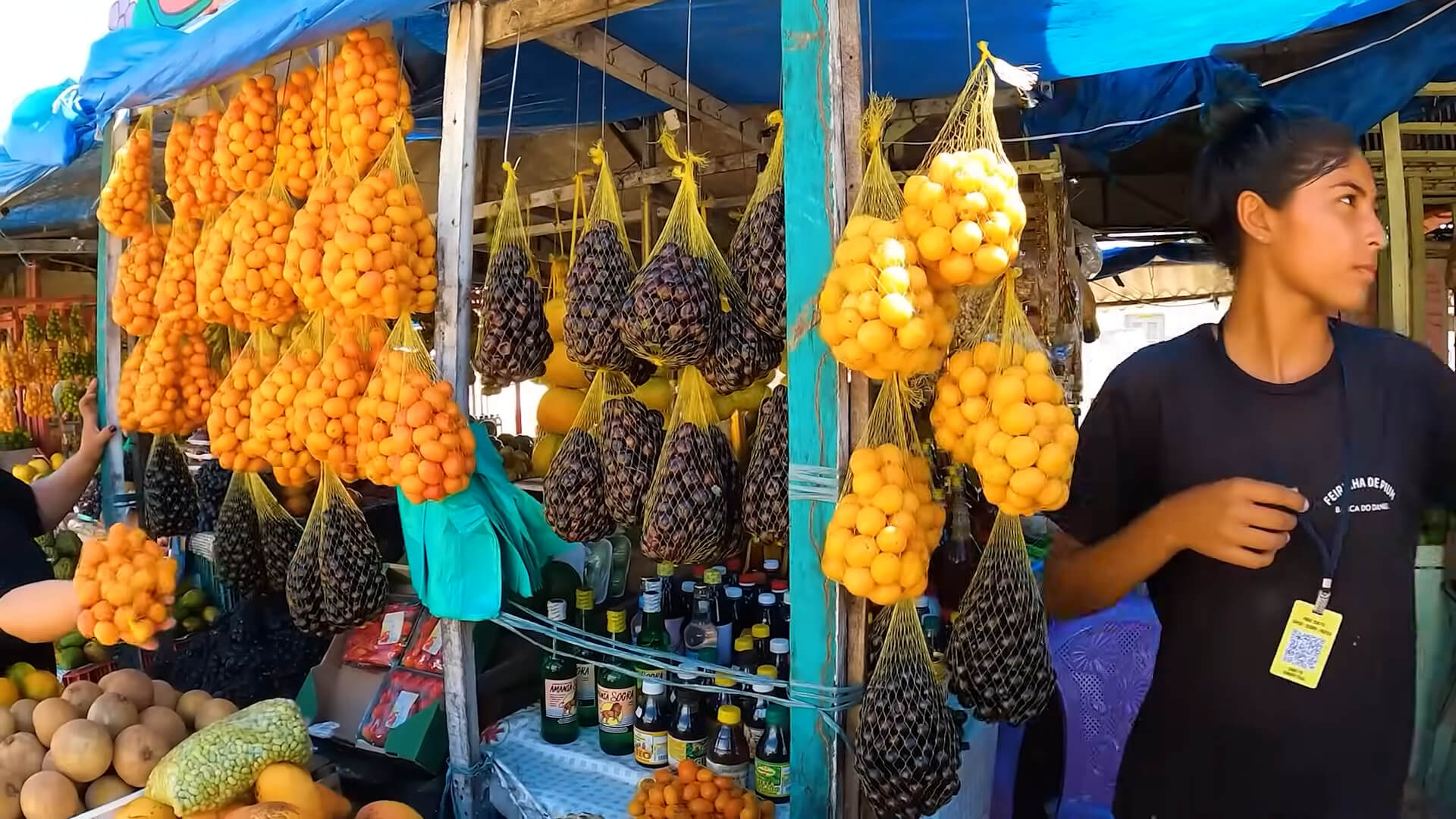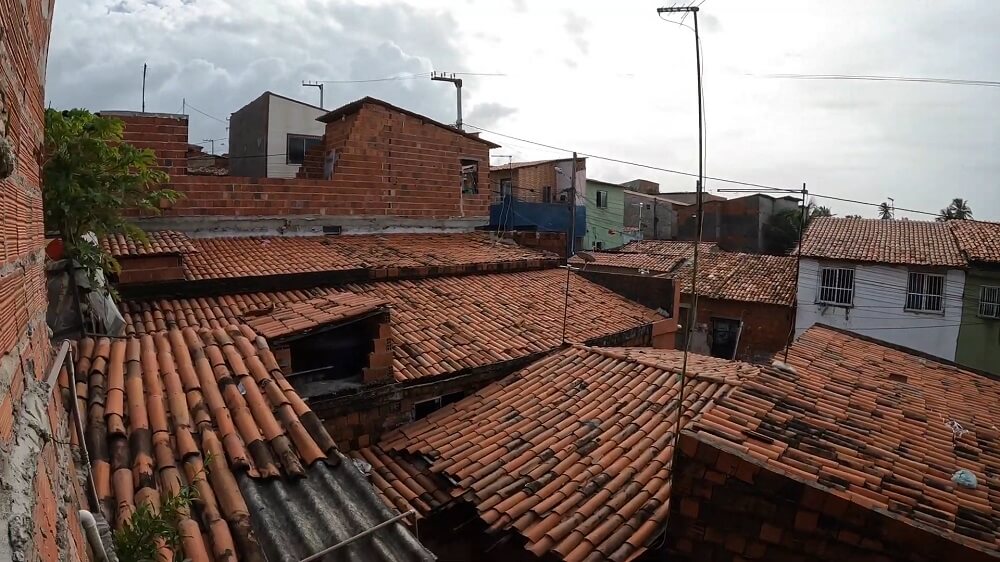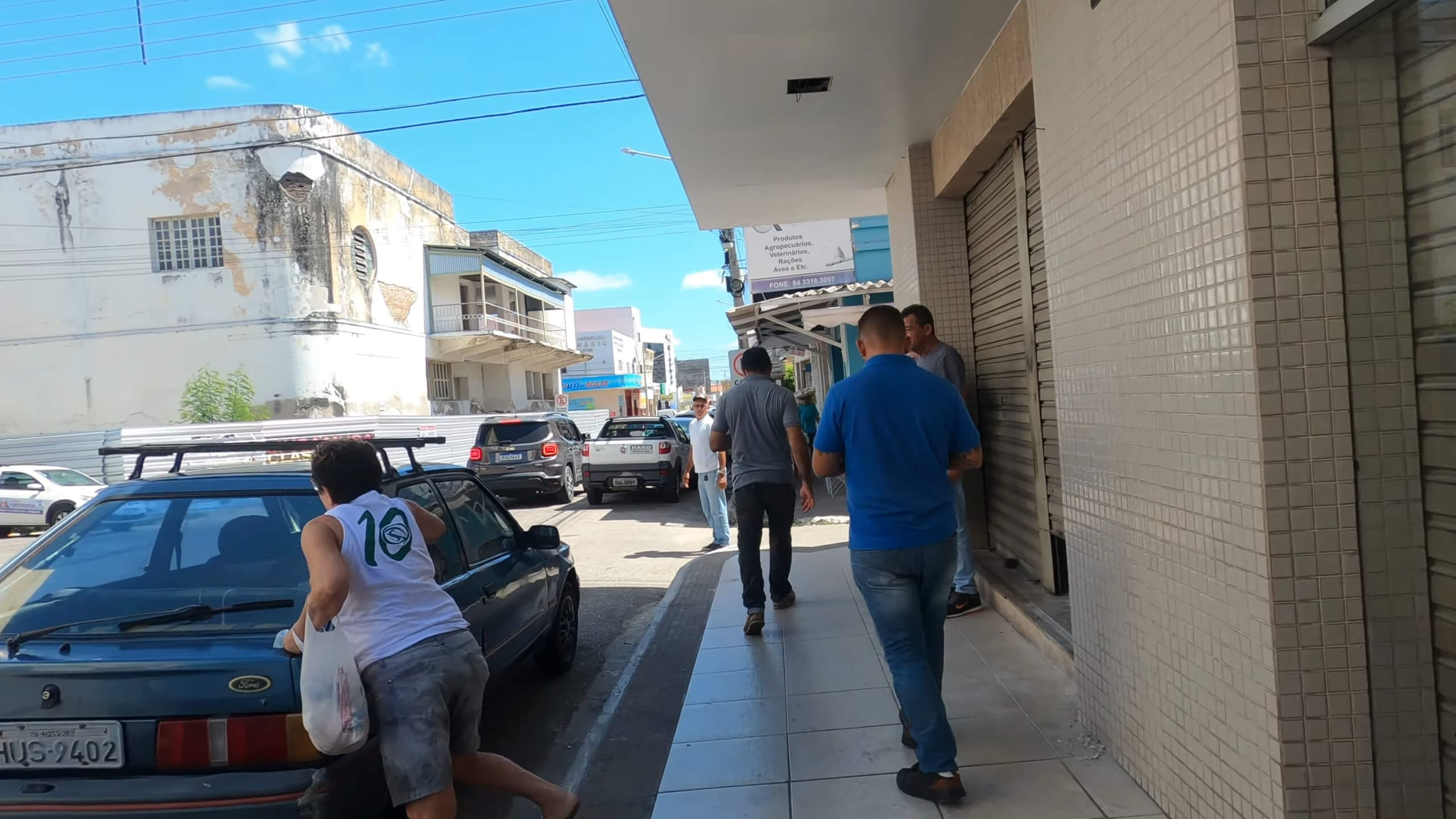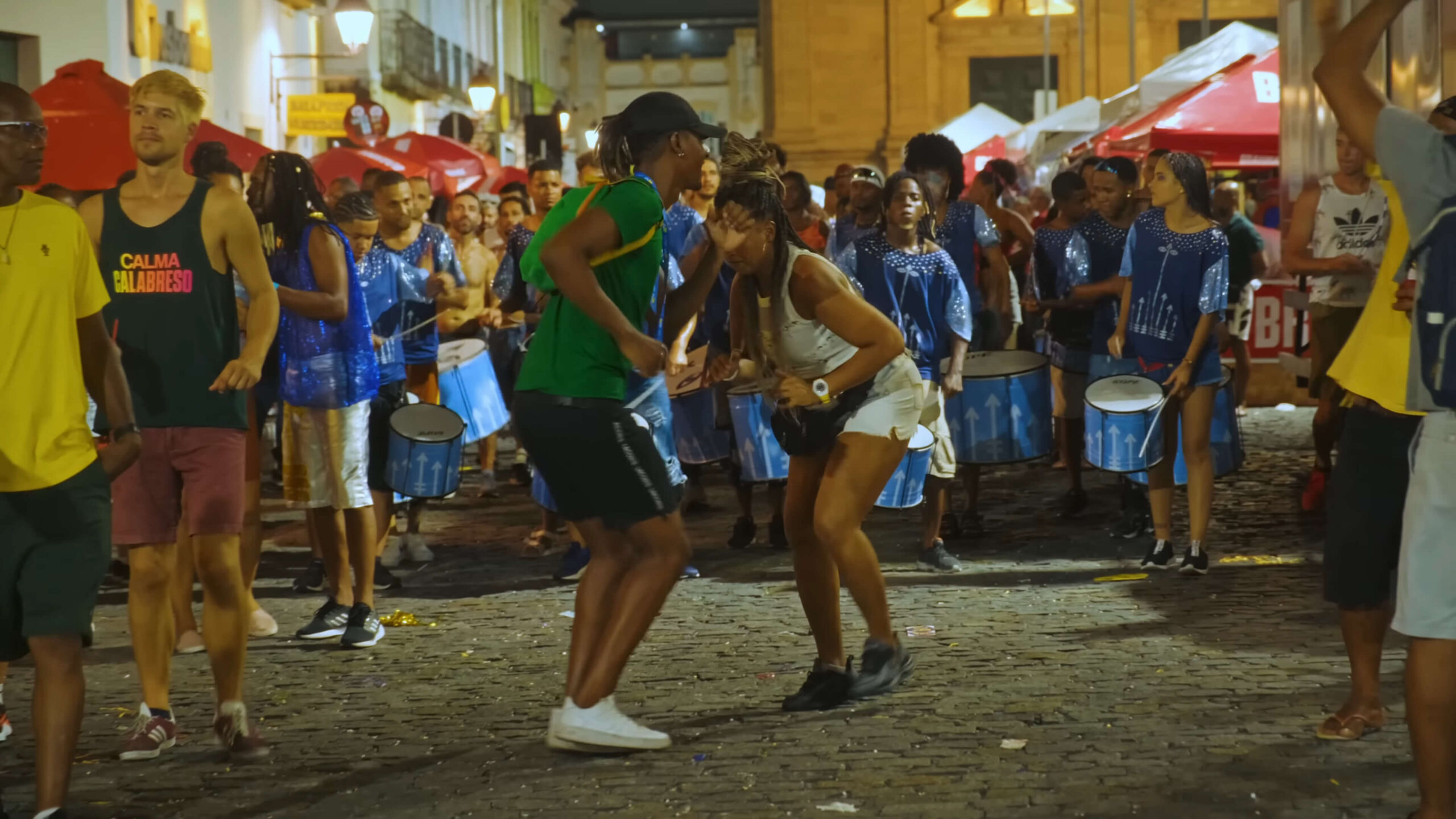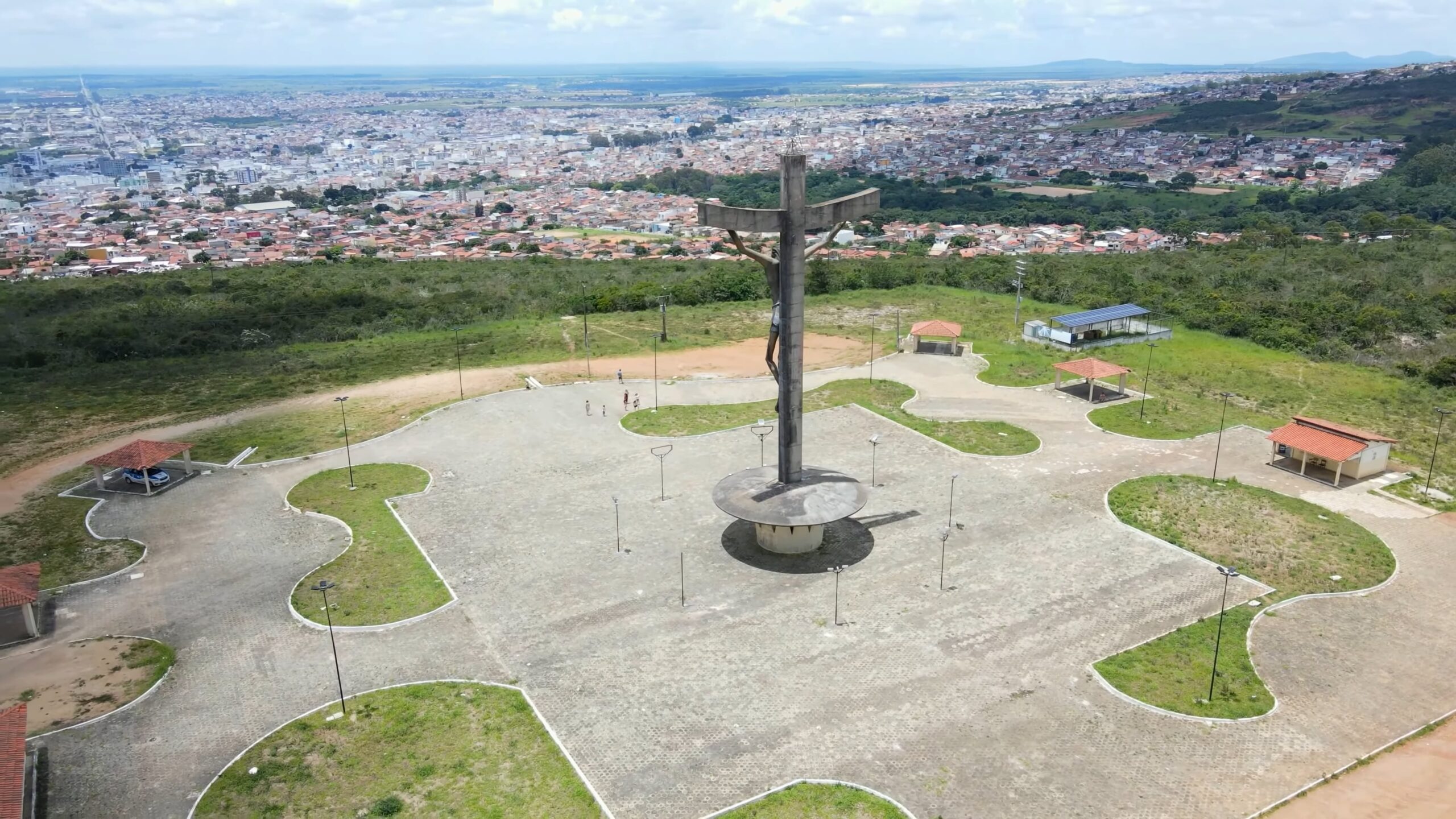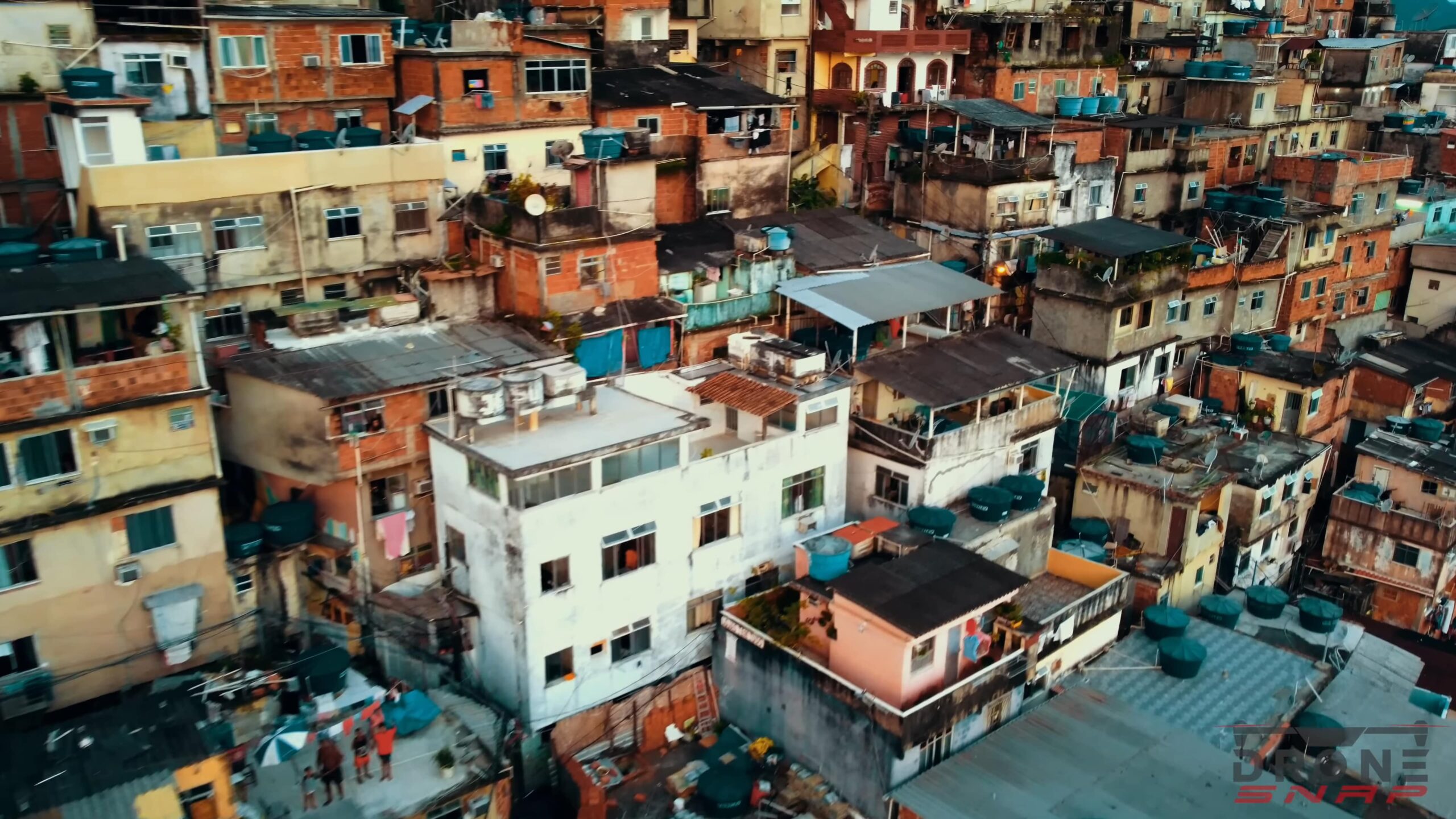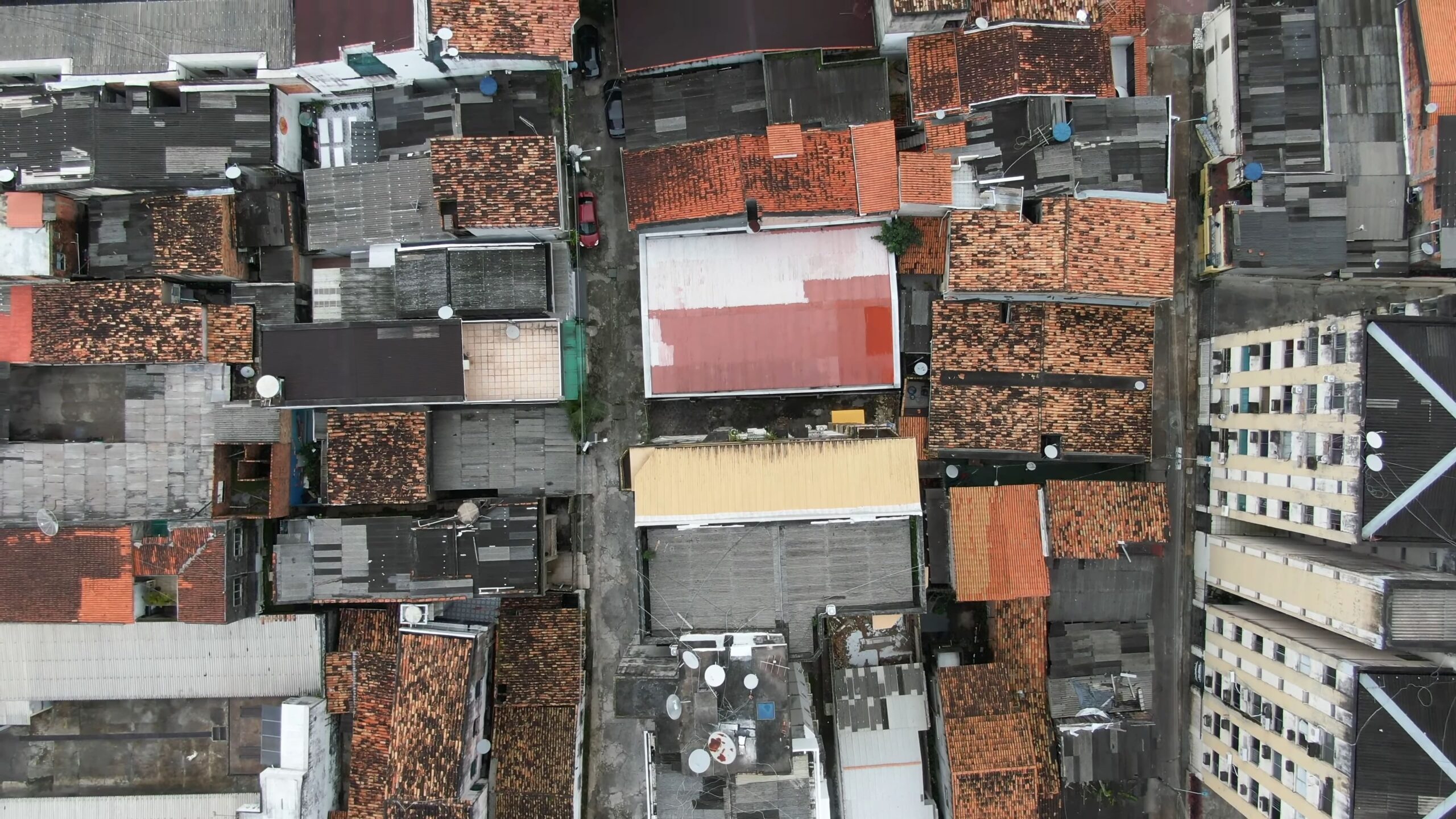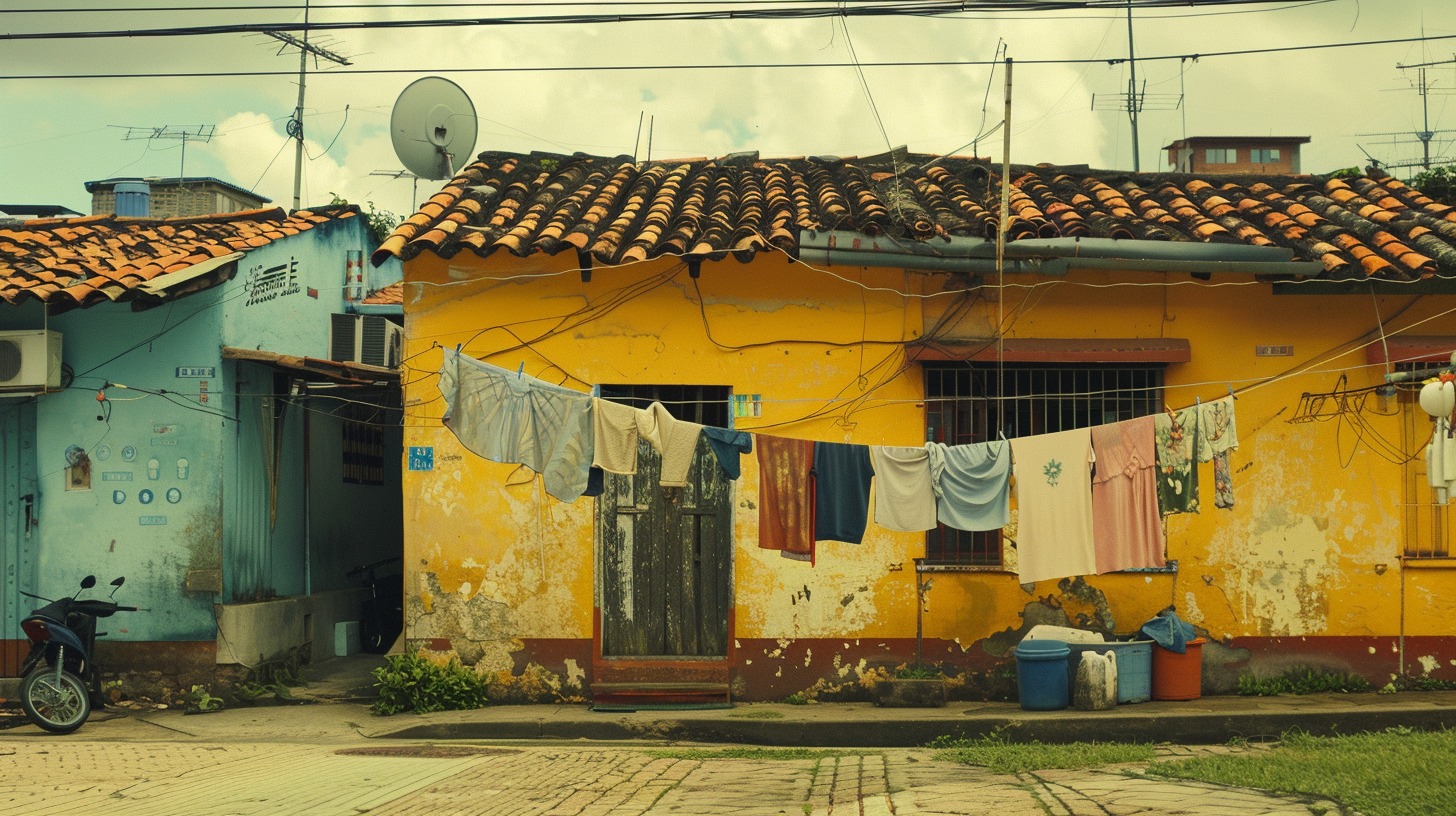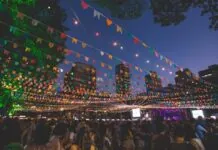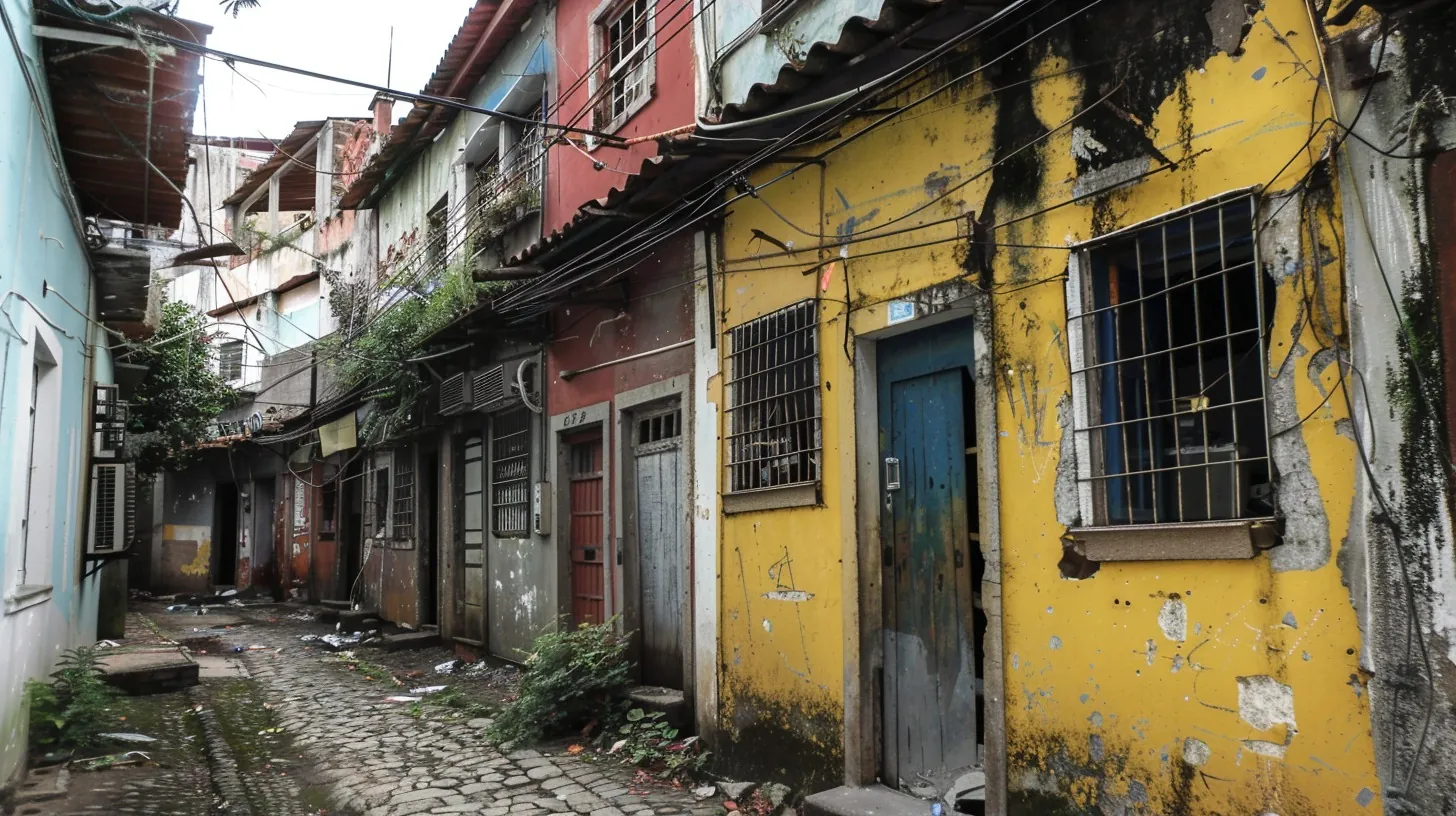
Brazil remains one of the most visited countries in Latin America, thanks to its natural wonders, festive culture, and world-famous landmarks. Yet behind the postcard image lies a much more complicated truth.
Crime in Brazil affects both locals and visitors in ways that travel brochures rarely acknowledge. Even as national statistics show some improvement, many cities continue to struggle with deeply rooted violence, organized crime, and public safety challenges.
Not every city in Brazil faces the same risks. Some offer a relatively safe experience, especially for tourists who stay informed and stick to well-known areas.
However, several urban centers report high murder rates, growing gang activity, and police violence that create serious concern.
The reality is not only shaped by numbers, but by how crime affects daily life in places like Natal, Fortaleza, and Rio de Janeiro.
The sections below outline the facts, highlight dangerous zones, and offer perspective on how Brazil is addressing its long-standing security problems.
Key Takeaways
- Brazil saw a record low of 40,429 ILVCs in 2023, the lowest since 2010.
- A 4.17% decrease in ILVCs from 2022, saving nearly 2,000 lives.
- 2020 homicide rate was 23.6 per 100,000, peaking at 30.8 in prior years.
- Top dangerous cities: Natal (75.59), Fortaleza (69.15), Feira de Santana (67.46) homicides per 100,000.
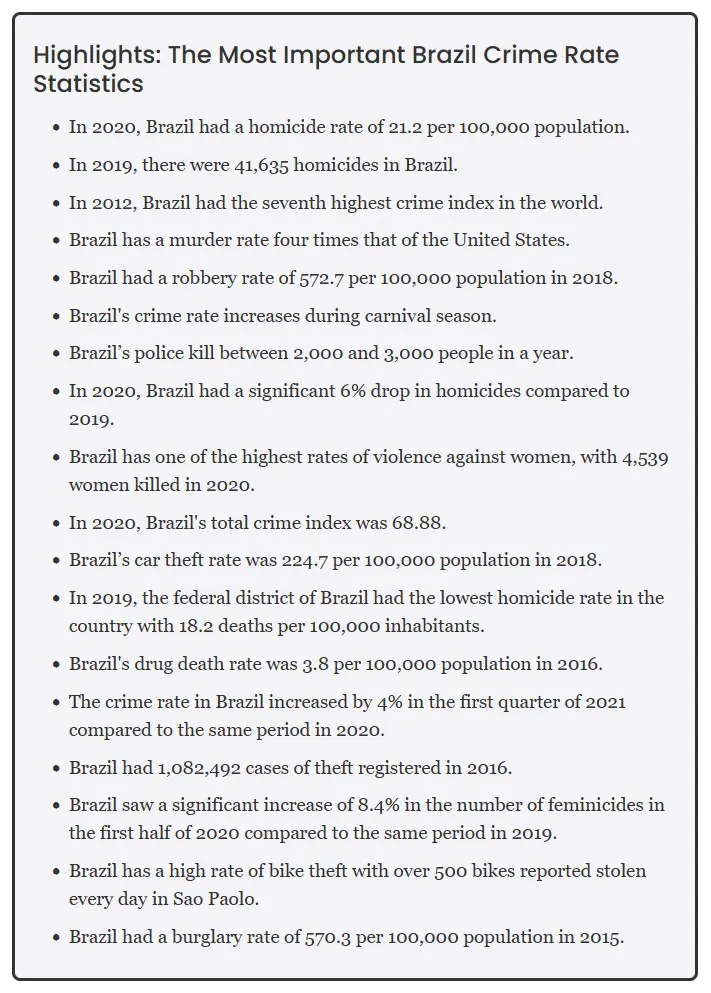
Safety Issues
Brazil draws millions with its culture and landscapes, but urban crime remains a serious issue. Locals and tourists face real safety concerns in many cities, making awareness more important than ever.
According to the balance sheet, Brazil ended 2023 with the lowest record of Intentional Lethal Violent Crimes (ILVC) since 2010. In 2023, 40,429 ILVCs were recorded.
Compared to 2022, which recorded 42,190 ILVCs, the decrease is 4.17%, which represents almost 2,000 Brazilian lives saved.
The statistics around violent crimes such as assaults, homicides, kidnappings, and theft continue to raise concerns for anyone looking to experience or settle in this beautiful country.
Even years after events like the 2016 Summer Olympics, which put Brazil on the global stage, the country still faces ongoing issues with urban safety.
Brazil has the seventh-highest crime rate in the world with exceptionally high rates of violent crimes. Brazil’s homicide rate was 23.6 homicides per 100,000 inhabitants in 2020—and it has been as high as 30.8 in previous years.
Brazil’s most massive problem is organized crime, as organized crime has expanded in recent years, and violence between rival groups is a common occurrence. Drug trafficking, corruption, and domestic violence are all pervasive issues in Brazil as per World Population Review says.
Between 1980 and 2010, there were 1 million homicides in Brazil. Dramatic increases in homicide rates followed rises in inequality, more young men in the population, greater availability of firearms, and increased drug use.
Disarmament legislation may have helped reduce homicide rates in recent years, according to this study.
What Are The Most Dangerous Cities in Brazil?
1. Natal
Natal, Brazil, homicide rates, with 75.59 incidents per 100,000 people as per Jannik Lindner
This rate underscores the significant problem of violent crime in the city.
For safety while walking alone, see the statistics below:
| Time of Day | Safety Score | Rating |
|---|---|---|
| Daylight | 35.39 | Low |
| Night | 10.06 | Very Low |
On the other hand, Brasilia is one of the safest cities in Brazil, and you can see a lot of attractions there.
2. Fortaleza
Fortaleza stands out as one of the most dangerous cities globally, with a few key statistics to note as per Gitnux:
- Population: 3,999,930
- Murder rate: 69.15 per 100,000 inhabitants
Despite being close to popular tourist attractions such as Lencois Maranhenses National Park and Jericoacoara Beach, Fortaleza’s high rate of violent crimes casts a shadow over its appeal.
Visitors should exercise extreme caution while exploring the city.
- Crime Index: 76.8
- Safety Index: 23.2
And if you are looking for beaches you can enjoy safely, check out Florianopolis.
3. Feira de Santana: A City of Violence
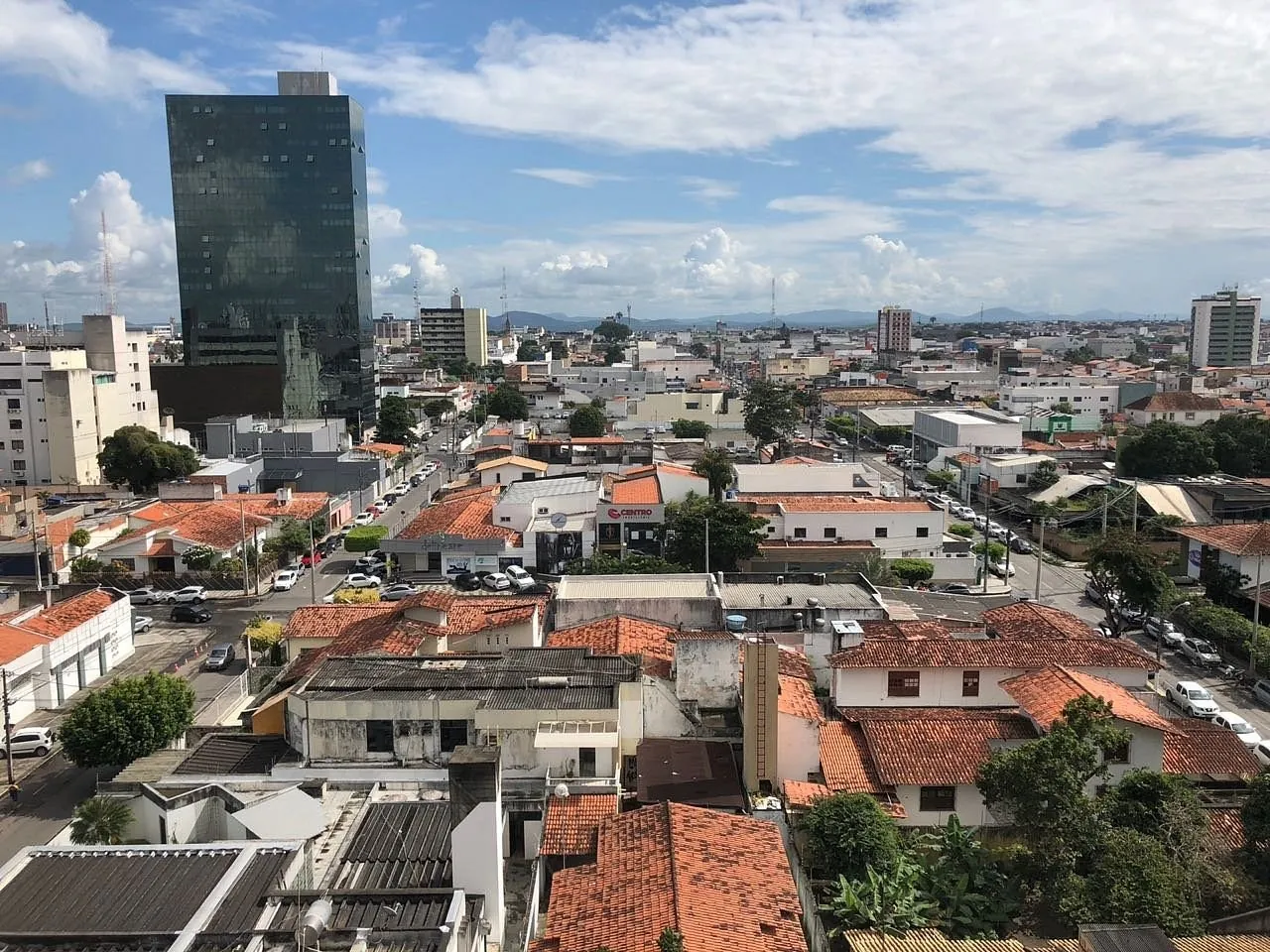
Feira de Santana is primarily known for its role in commerce and agriculture, but it tends to offer little for visitors due to safety concerns.
Here are some key statistics according to Armormax:
- Population: 619,609
- Murder rate: 67.46 per 100,000 inhabitants
Despite being a center for legitimate business activities, the city struggles with:
- A significant drug trade
- The presence of violent gangs
4. Mossoró
In 2022, Brazil’s northeast region was home to nine out of the ten cities with the highest homicide rates.
Mossoró emerged as the country’s most violent city, recording a murder rate of 63.21 per 100,000 people.
On a broader scale, within Latin America and the Caribbean, Mossoró was identified as the tenth-deadliest city.
- Murder rate: 63.21 per 100,000 people
- Population: 318,680
5. Salvador
Salvador has close with a murder rate rate surpassing 56 homicides per 100,000 inhabitants.
- Crime Index: 76.54
- Safety Index: 23.46
According to Numbeo.
6. Vitória da Conquista
- Population: 341,128
- Murder rate: 50.75 per 100,000 inhabitants
Vitoria da Conquista doesn’t have many attractions beyond a few historic buildings.
Visitors to the city face elevated risks of assault, muggings, pickpocketing, and scams.
If you are looking for attractions and hidden gems where you can enjoy safely, check out Santa Catarina.
7. Rio de Janeiro: Fame and Fear Entwined
- Population: 13,824,000
- Murder rate: 39.8 per 100,000 people
In Rio de Janeiro, Brazil, the issue of gun violence and police actions has been prominent as per Statista research:
- Total Shootings in 2022: 2,962 incidents.
- Peak Month in 2023: March saw the highest number of shootings with 383 occurrences, making up about 13% of the year’s total.
- Lowest Month in 2023: August had the fewest shootings, with 155 incidents.
- Crime Index:77.38
- Safety Index:22.62
Following Supreme Court orders in 2022, the Rio de Janeiro state government was directed to devise a strategy to curb police-related deaths due to the high casualty rates and human rights violations observed.
Between 2013 and 2019, civilian deaths due to police intervention soared, hitting a peak of 1,814 in 2019. Although there was a slight decline afterward, each year from 2020 to 2022 recorded over 1,200 civilian deaths, with a noted prevalence of structural racism affecting primarily people of color.
Efforts to Reduce Violence
- The ADPF 635 (Allegation of Violation of a Fundamental Precept), or the ADPF Favelas Case, initiated by the Brazilian Socialist Party in June 2020, aimed to limit unscheduled police operations in favelas during the pandemic. This measure, despite being frequently breached, significantly reduced shootings from 7,368 in 2019 to under 3,000 in 2023.
- Police operations accounted for almost a third of all shootings in 2023, with murder or attempted murder being the second most common cause.
- In response to the violence, Rio de Janeiro’s government unveiled a plan in March 2022 to lessen fatalities from police actions. This resulted in 1,065 fewer deaths compared to the prior year. However, close to 1,000 people still died in both 2022 and 2023, which, while lower than 2021, remains above the figures during the pandemic-imposed restrictions of 2020, and significantly less than the 1,522 deaths from shootings in 2019.
Rio is famous its festival. However, if you are looking for a safer place with some interesting festivals and events, check out Paraty.
8. Manaus
- Crime Index: 71.09
- Safety Index: 28.91
Situated on the Amazon River in northern Brazil, Manaus has a crime index rating of 71.
Vandalism, armed robbery, and bribery are prevalent issues in the town.
With a murder rate of 38.25 per 100,000 inhabitants, Manaus is ranked as the 37th most dangerous city in the world, largely due to gang activity according to World Population Review.
9. Belem
Belém’s crime statistics reveal significant safety challenges according to this report:
- Crime Index: Remains very high, averaging around 76.
- Safety Index: Consistently very low, with an average of 23.
- 71.4 deaths per 100,000
Key Crime Rates
- Violent Crimes (assaults, armed robbery): Very high, around 88 on average.
- Property Crimes (home burglary, car theft): Range from moderate to very high, with car theft averaging 75.
- Safety Walking Alone: Daytime safety is low (around 37), and nighttime safety is very low (around 14).
| Crime Category | Average Rating |
|---|---|
| Overall Crime Index | Very High (76) |
| Safety Index | Very Low (23) |
| Violent Crimes | Very High (88) |
| Property Crimes | High (~69) |
| Safety Walking Alone (Day) | Low (37) |
| Safety Walking Alone (Night) | Very Low (14) |
Why Are Crime Rates High in Brazilian Cities?
Social issues play a big role in the safety problems people face in Brazilian cities. Looking into these issues helps us understand why some places have higher crime rates and what’s causing these situations.
Drug Trafficking and Gang Influence
Cities like Manaus and Belem, in particular, see a lot of violence that stems from fights between drug gangs.
This not only leads to more deaths but also affects the overall safety of residents.
Brazil has recently become a key destination country for cocaine. Indeed, the consumption of cocaine and crack has skyrocketed in the past decade.
Although cocaine use in North America decreased significantly between 2006 and 2012, the annual prevalence of cocaine use among Brazil’s college students has remained the same, at 3 percent, says Brookings in their research.
Economic Inequality and Crime
There’s a clear link between Brazil’s economic inequality and its crime rates.
Many young people in poor communities end up joining gangs as a way to get by, which keeps the cycle of crime going and makes cities less safe.
A discriminatory culture in the justice system, combined with great discretion given to the authorities to classify offenses as trafficking, resulted in increased imprisonment of addicts as per same source.
Along with high crime rates, this is one of the main reasons why so many people are looking to move to another country, preferably the United States, Canada, and UK.
How City Design Affects Safety?
Lack of good infrastructure and services, it often leads to more crime. Improving urban design to create safer public spaces is key to tackling safety problems in Brazilian cities.
The building materials used for the homes must meet three major criteria: be low cost, light enough to be carried on men’s backs, and small enough to pass through the narrow streets of the favela.
As a result, all the houses are built with bricks; concrete pillars are used for the structure; floors are made from floor beams and slabs; and the roof is almost always corrugated iron. Solène Veysseyre
| City | Hotspot Neighborhood | Citizen Initiative |
|---|---|---|
| Rio de Janeiro | Favelas | Community policing partnerships |
| Salvador | Subúrbio Ferroviário | Violence prevention programs |
| Fortaleza | Barra do Ceará | Youth engagement projects |
| Manaus | Zona Leste | Education and after-school activities |
The Bottom Line
The recent years have seen a slight improvement in the crime statistics, notably a drop in violent crimes, yet the battle is far from over.
Initiatives like the ADPF 635 and increased focus on community policing have shown potential, but the road ahead is still fraught with challenges.
The core problems—ranging from organized crime to economic disparities and inadequate urban planning—demand a comprehensive strategy that involves both policy reforms and grassroots efforts.
For Brazil to truly flourish and offer a safe environment for all, it will take a collective, enduring commitment to address these deep-seated issues head-on.

